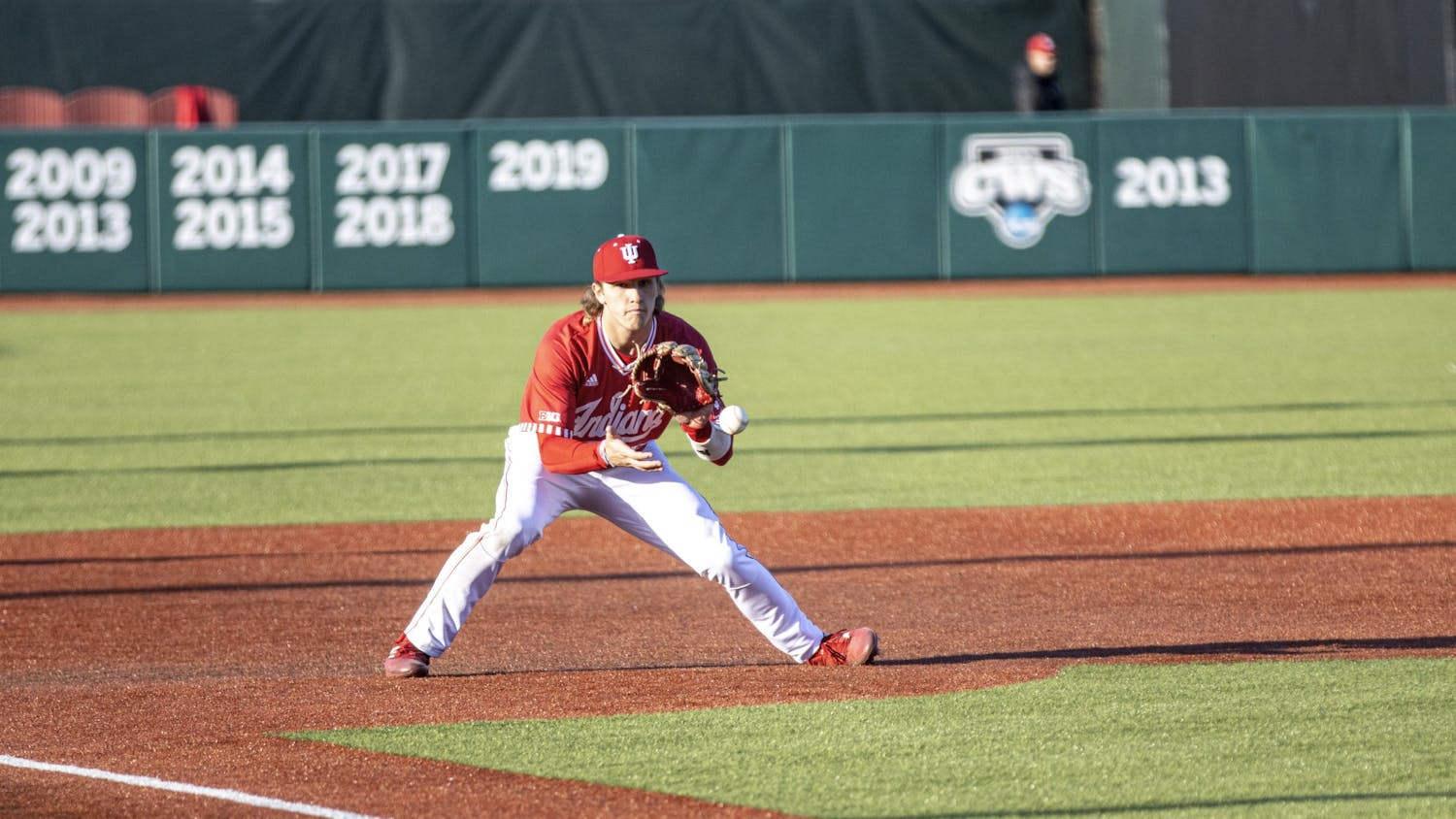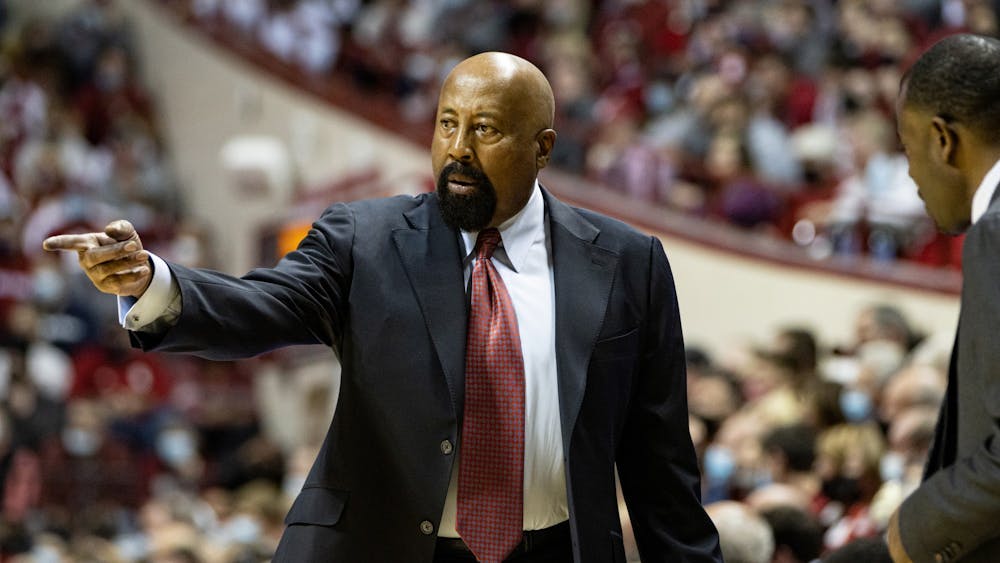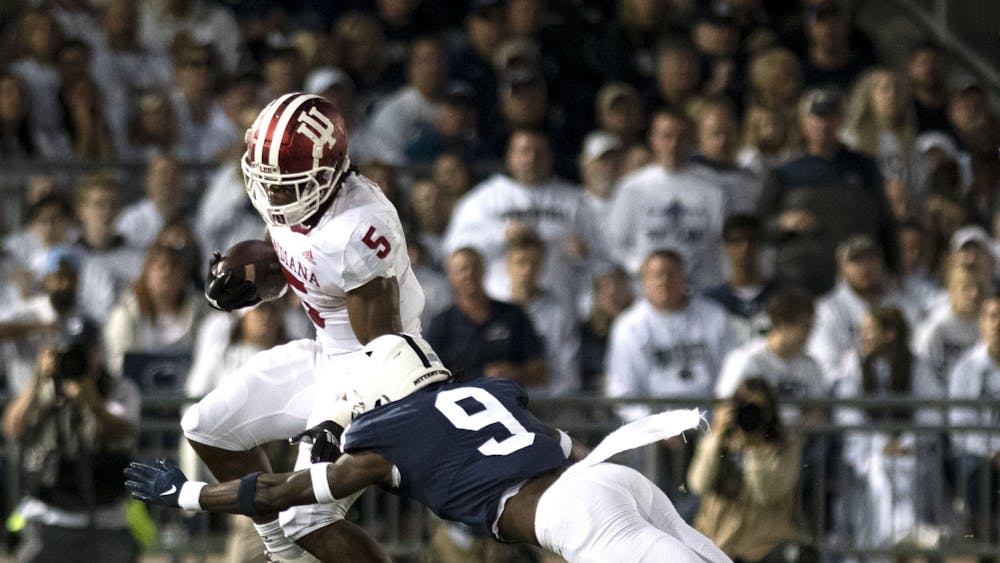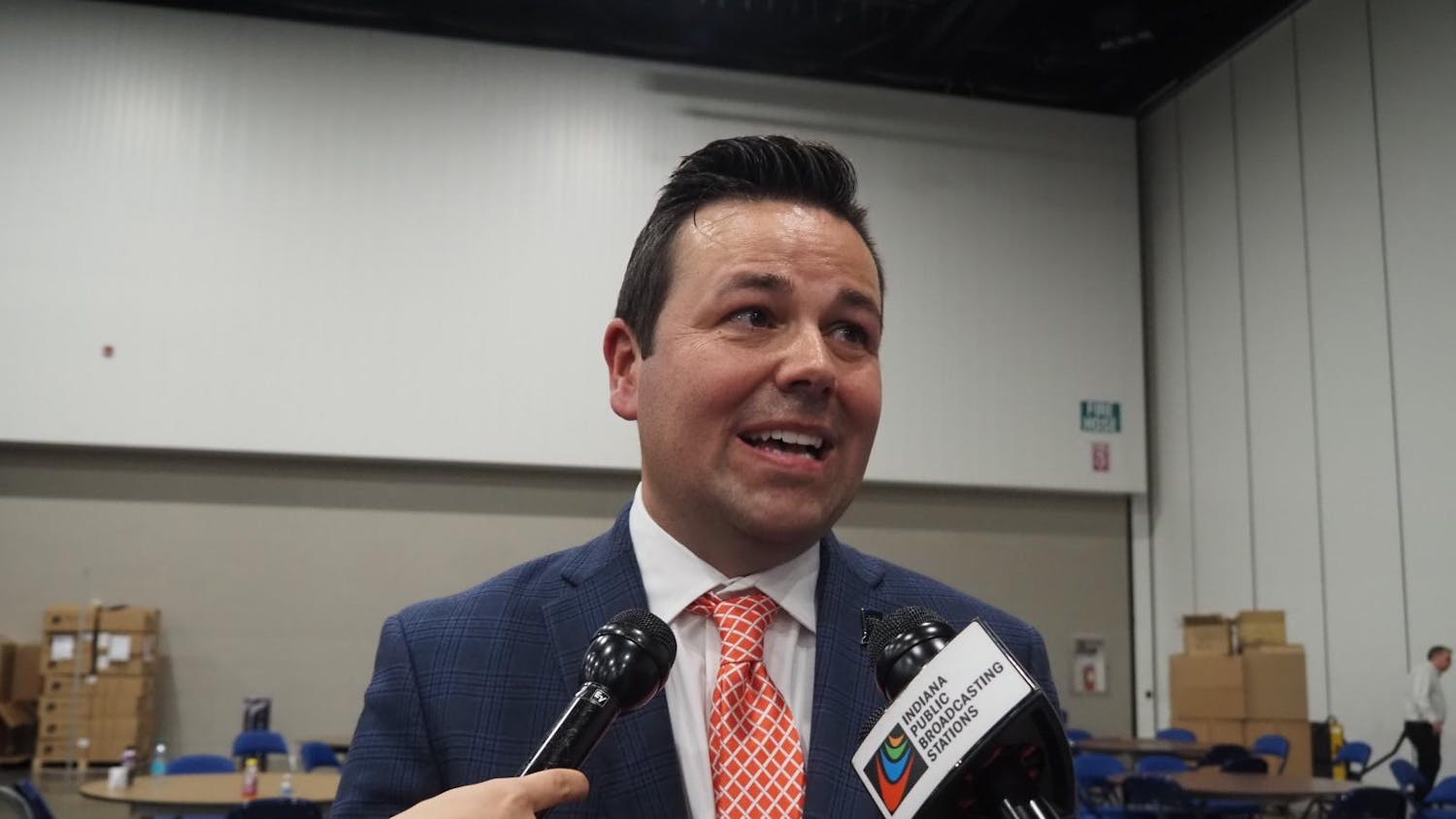After the "Black Sox" scandal following the 1919 World Series, major league baseball moved along without a hitch until a players strike forced the cancellation of the postseason in 1994. Then it appeared that the national pastime was indeed past its time, but the home run race of 1998 brought fans back to the game. Now, just three years after regaining the interest of many fans, major league baseball is teetering on the brink of its gravest financial crisis.\nThe hottest word around baseball this year promises to be "contraction." But it has nothing to do with the process of giving birth. Baseball is proud of the fact that it has not seen a team move since the Seattle Pilots flew to Milwaukee and became the Brewers in 1970. So instead of dealing with the embarrassment of seeing teams move, Commissioner Bud Selig and his cohorts have tossed around the idea of contraction, the elimination of two teams from the league. \nNow you see them, now you don't. The two teams most discussed for elimination at this point are the Montreal Expos and the Minnesota Twins. So the question is: how did baseball reach such a dire point?\nIt is obvious Selig is part of the problem and not the answer. After all, it was Selig who ingeniously had the league expanded to 30 teams in 1998, and now wants to take two teams back. This makes me think that there probably are some folks more qualified for the position, such as Elton John, George W. Bush, a chimpanzee and the small toe on my left foot. As a result of expansion, players who would have been in Triple-A ball 20 years ago are now considered big leaguers. If you don't believe me, check out the Cubs roster.\nAnother sin Selig committed as commissioner was the introduction of interleague play. By having teams from the American and National Leagues face each other in the regular season, more than 90 years of tradition was thrown out the window. With interleague play, we have been able to see all of the classic rivalries we have been clamoring to see for years: Devil Rays vs. Expos, Padres vs. Mariners and the always nail-biting Royals vs. Pirates matchup.\nBut it is unfair to blame Selig for all of baseball's woes. He can only be blamed for his inability to fix them. The true perpetrators of the crimes against America's pastime are the owners and the Major League Baseball Players Association (MLBPA).\nThe owners' love of their own money has now gone too far. The situation in baseball is akin to the situation in pre-revolutionary France. There is the ultra-rich First Estate, which consists of teams such as the Braves and Yankees. These teams have payrolls around $100 million a year. Since they can essentially buy their championship rings, it is no coincidence that both of these teams have been to the playoffs every year since 1996. \nThe Second Estate consists of teams that have considerably smaller payrolls, such as the White Sox and Giants. But these teams have just enough big name players (Frank Thomas, Barry Bonds, Jeff Kent) to push them over the hump. \nAnd then there are the bottom of the pile teams of the Third Estate. These are squads such as the Pirates, Expos and Twins. They have no chance of winning anything. And they never will, because once their young prospects are good, they will jump to a higher-paying team in free agency. Want proof? The top three teams in terms of payroll (Yankees, Braves and Dodgers) had a combined .552 winning percentage last season. The bottom three (Twins, Expos and Marlins) had a combined .443 winning percentage.\nThe reason the payrolls are so high, of course, is the ridiculous amount of money being given to the players. Alex Rodriguez was signed to an absurd 10-year, $252 million deal. He will make more money by himself this year than the entire 25-man Twins roster will make for the season. He could probably also buy an entire country, such as Trinidad & Tobago. The Red Sox also played the game by hooking up with Manny Ramirez for an eight-year, $160 million deal.\nTo draw fans, owners have struck upon the idea of building new stadiums. Then the naming rights can be sold to a corporation so the stadiums have names that flow off the tongue, like Bank One Ballpark, PacBell Park or Comerica Park. To raise fan interest and sell out games, the stadiums are designed like Little League fields so the runs won't stop, as is the case with Houston's Enron Field. It is only a matter of time before one of the holiest of baseball shrines, Fenway Park, suffers this fate.\nSo how can these problems be solved? The answer, as they say, is painfully obvious. The major leagues need to borrow a page from the NFL. These solutions are a salary cap and revenue sharing. Revenue sharing involves the splitting of TV revenue and ticket sales so teams get more equal slices of the pie. A salary cap puts a limit on the money that can be spent on players so a few ultra-rich teams do not devour all the top-notch players. This process creates competitive balance and a more interesting league. For instance, in the past five years, only five different teams have gone to the World Series. On the other hand, the Super Bowl has seen eight different teams play for the title in the same span, one of them being the small-market Green Bay Packers, who made it two years in a row.\nSo to strike a competitive balance in the major leagues, both the owners and MLBPA will have to concede a point, with the owners losing on revenue sharing and the players losing from a salary cap. With baseball's labor agreement up after this season, the issue promises to come to a head faster than some might think.
Baseball needs major wake-up call
Get stories like this in your inbox
Subscribe





